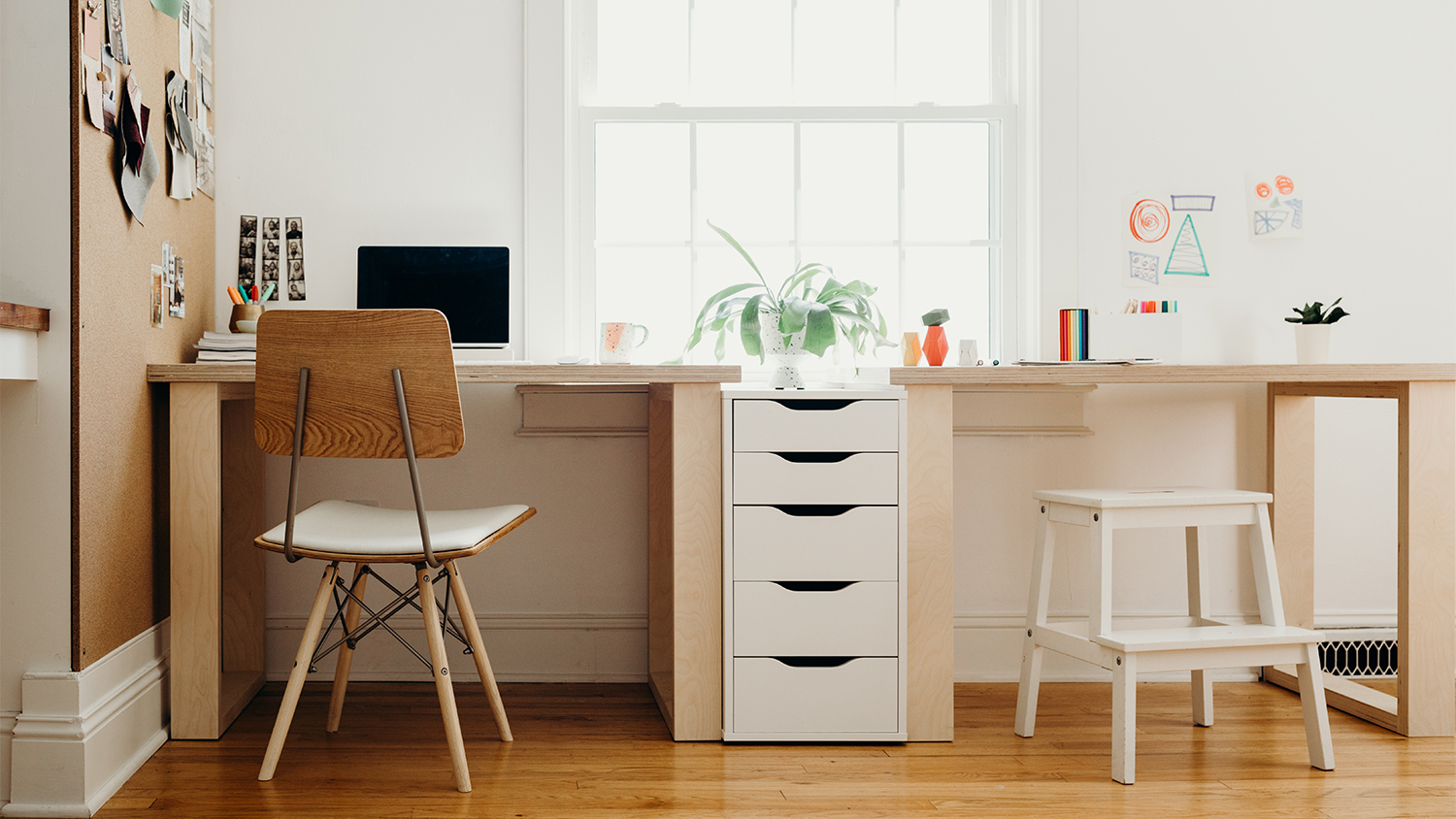
Get a clear estimate of the cost of a custom desk, including average prices, key cost factors, and tips to help you budget for your home office project.
Cover all your bases with the right size baseboard trim
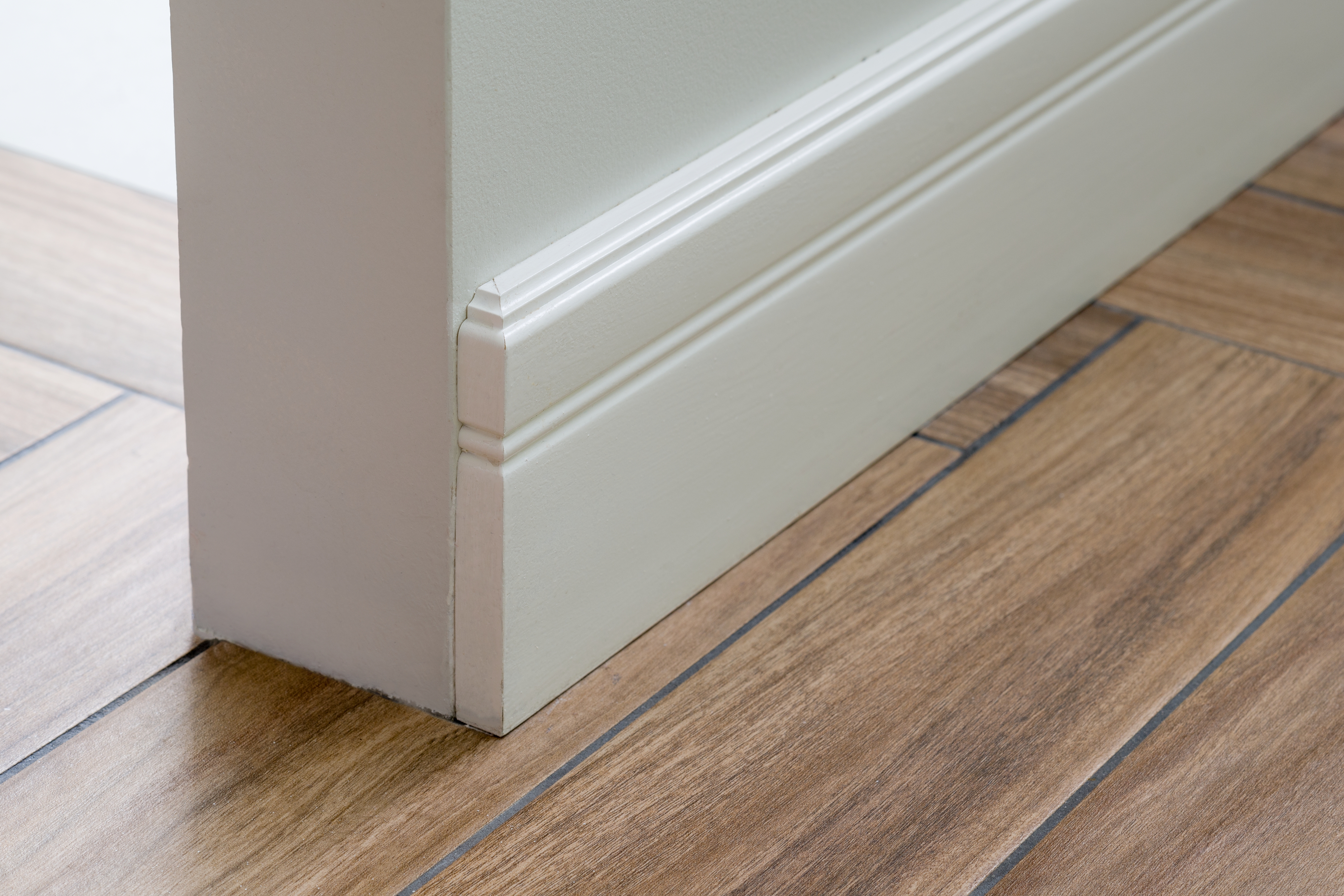

Baseboard trim is available in heights ranging from three to 12 inches, with the most common heights of 3 1/4”, 4 1/4”, and 5 1/4”.
Common baseboard trim widths include 1/2”, 9/16”, and 5/8”, measured at the main part of the board, not including decorative components.
Baseboard trim sizes can vary depending on trim style and your design preferences.
Choose the right trim size by factoring in room height, baseboard style, and the size of other decorative elements like crown molding and chair rails.
Baseboard trim can really tie a room together as well as protect your walls from dents, dings, and kick marks. But how do you know what size baseboard trim to use? We explore some common baseboard trim sizes, how they vary by type, and how you can choose the perfect baseboard trim to perfectly accent every room in your home.
You may know what baseboards are, but do you know what sizes they come in? The most common baseboard heights are 3 1/4 inches, 4 1/4 inches, and 5 1/4 inches, although baseboards are available in other heights ranging from three inches to 12 inches.
Baseboard thickness varies, but the most common widths are 1/2 inch, 9/16 inch, and 5/8 inch. Baseboard trim with decorative detailing is often thicker or thinner at the ornamental components, so the trim’s width is measured at the main part of the board.
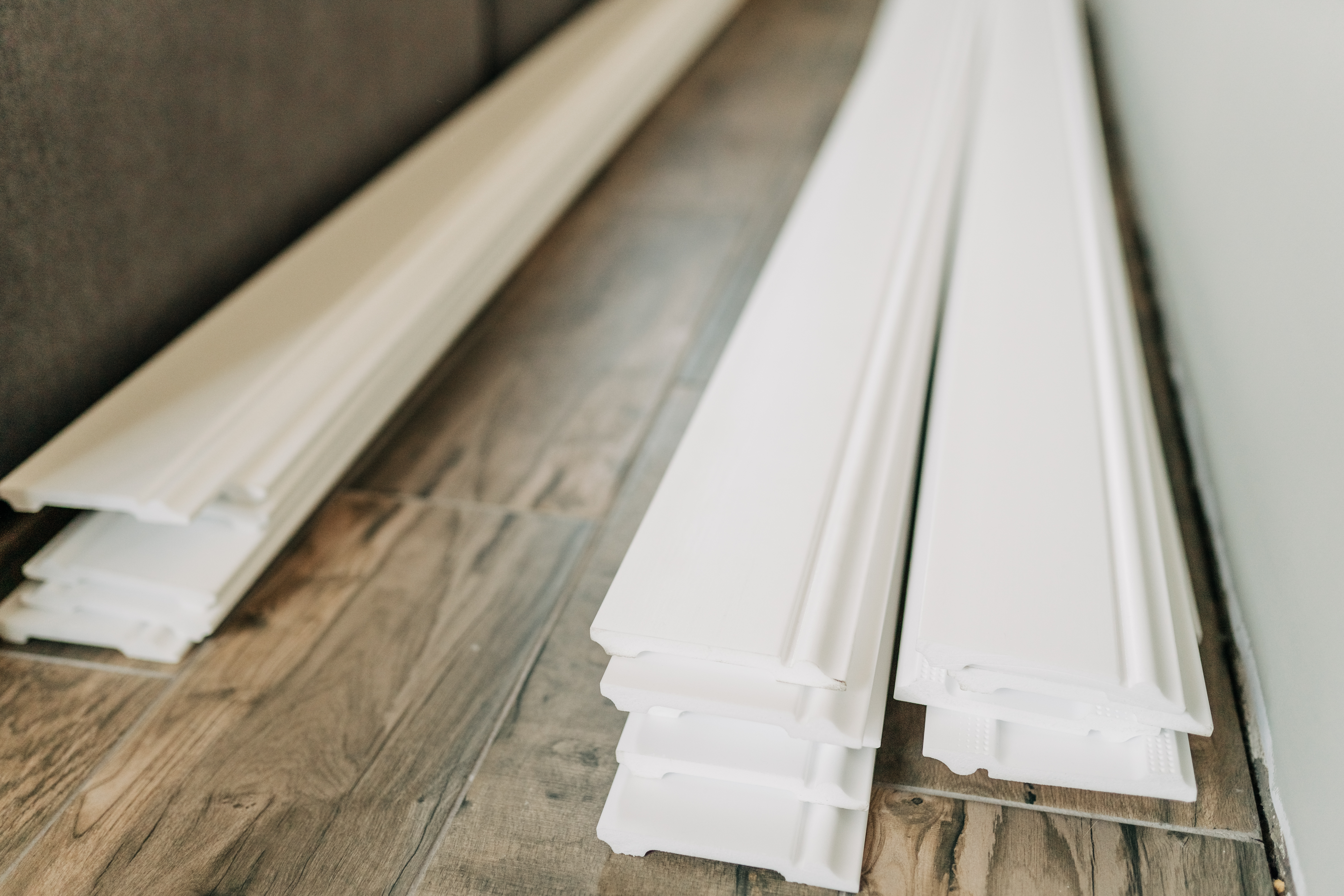
Baseboard trim sizes can vary by type of baseboard. Different baseboard styles are available in different sizes, depending on complexity and added height from decorative details.
| Type of Baseboard Trim | Average Height (Inches) |
|---|---|
| Sculpted | 4–7 |
| Rounded/stepped | 3–5 |
| Flat | 3–5 |
| Bullnose | 3–7 |
Sculpted baseboards consisted of a flat bottom section topped by a tall decorative section that features design flourishes like steps or scalloped edges. These baseboards are typically taller than other styles due to the decorative top portion, which adds height and visual interest. Common heights for sculpted baseboards range from three to seven inches.
Rounded or stepped baseboard trim is similar to sculpted trim, except the decorative top section is much shorter, only adding around an inch or less to the total height. Rounded baseboard trim can most often be found in heights ranging from three to five inches.
Like rounded or stepped trim, flat baseboard trim is a shorter option, ranging between three and five inches high. Flat baseboards lack decorative detailing, offering a clean, squared-off look with minimalist design.
Bullnose baseboards combine the simplicity of flat baseboards with a rounded top edge without adding height or additional complexity to the trim with contrasting sections like sculpted or stepped trim. Bullnose trim is available in a wider range of heights, commonly from three to seven inches.
If you’re installing new or replacement baseboard trim, it’s important to measure correctly to ensure you have the right size. If you’re replacing existing trim or buying trim to repair baseboards, measure the height of the trim, using the back of the trim board for the most accurate measurement, and the width at the main part of the board. Measuring width at a decorative element like steps or scallops can cause inaccurate measurements. To calculate the length of trim you need, measure the perimeter of the room and round up to the nearest foot, ensuring you have at least 10% extra in case of errors.
If you hire a pro to replace baseboards, you won’t need to worry about measuring. A local baseboard installer can determine the right height, width, and length for your baseboard trim and then install it for professional-quality results.
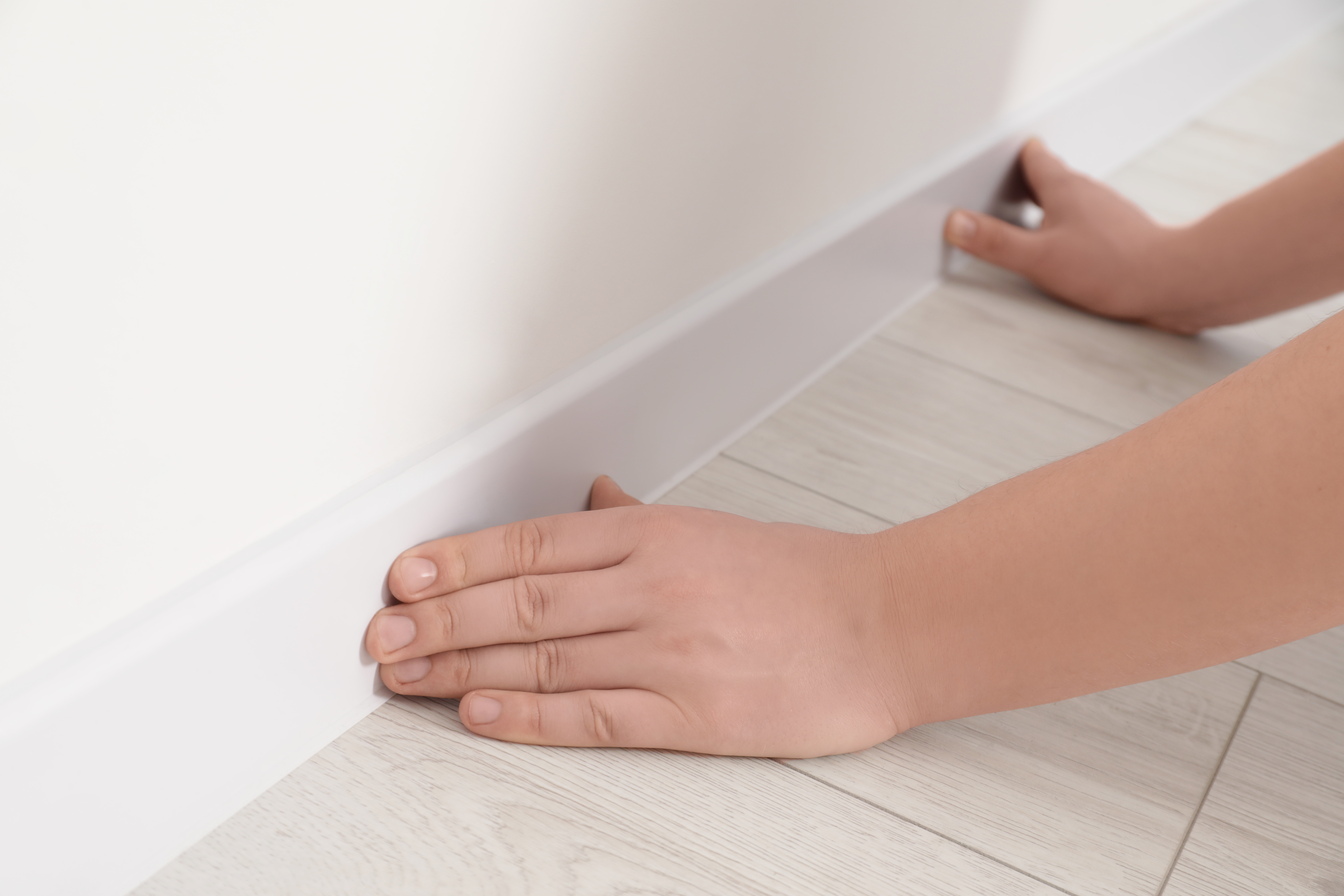
Not sure what size baseboard trim is right for your home? By looking at some contributing factors, you can narrow down the right baseboard trim size to give you the look you’re trying to achieve.
One way to decide what size baseboard trim to install is to look at the height of your walls. A tall baseboard on shorter walls can make the room’s proportions look off, as can rooms with high ceilings and short baseboards. Rooms with a standard eight- or nine-foot ceiling may look best with a shorter baseboard, from three to five inches high, while rooms with ceilings ten feet or higher need taller baseboards from five to seven inches or more to look proportional.
The right size baseboard trim will also depend on the style of baseboard you want. Sculpted baseboards are taller than most other baseboard styles, so if that’s the look you want, you’ll likely be looking at trim with a higher height. Other kinds, like flat baseboards, may look out of place if they’re too tall, so look for trim from three to five inches if you prefer this style.
If you have other trim in the room like crown molding or chair rails, you’ll want your baseboards to complement the rest of the trim, both in style and size. Try a few different small sample sections of baseboard trim to see which one matches the look you’re aiming for and looks well proportioned with the rest of the trim.
Fortunately, if you install the wrong size baseboard trim, the only consequences are usually visual. Baseboard trim that’s too tall or too short may look out of place in your room or require repainting to cover up previously unexposed parts of walls, but it’s unlikely to cause any issues beyond that.
If you’re unsure about how to pick the right baseboard trim size or you’d like to replace your baseboards with a different size trim, call a local baseboard installer. The right pro can suggest the right baseboard trim to help you accomplish your design goals.
From average costs to expert advice, get all the answers you need to get your job done.

Get a clear estimate of the cost of a custom desk, including average prices, key cost factors, and tips to help you budget for your home office project.
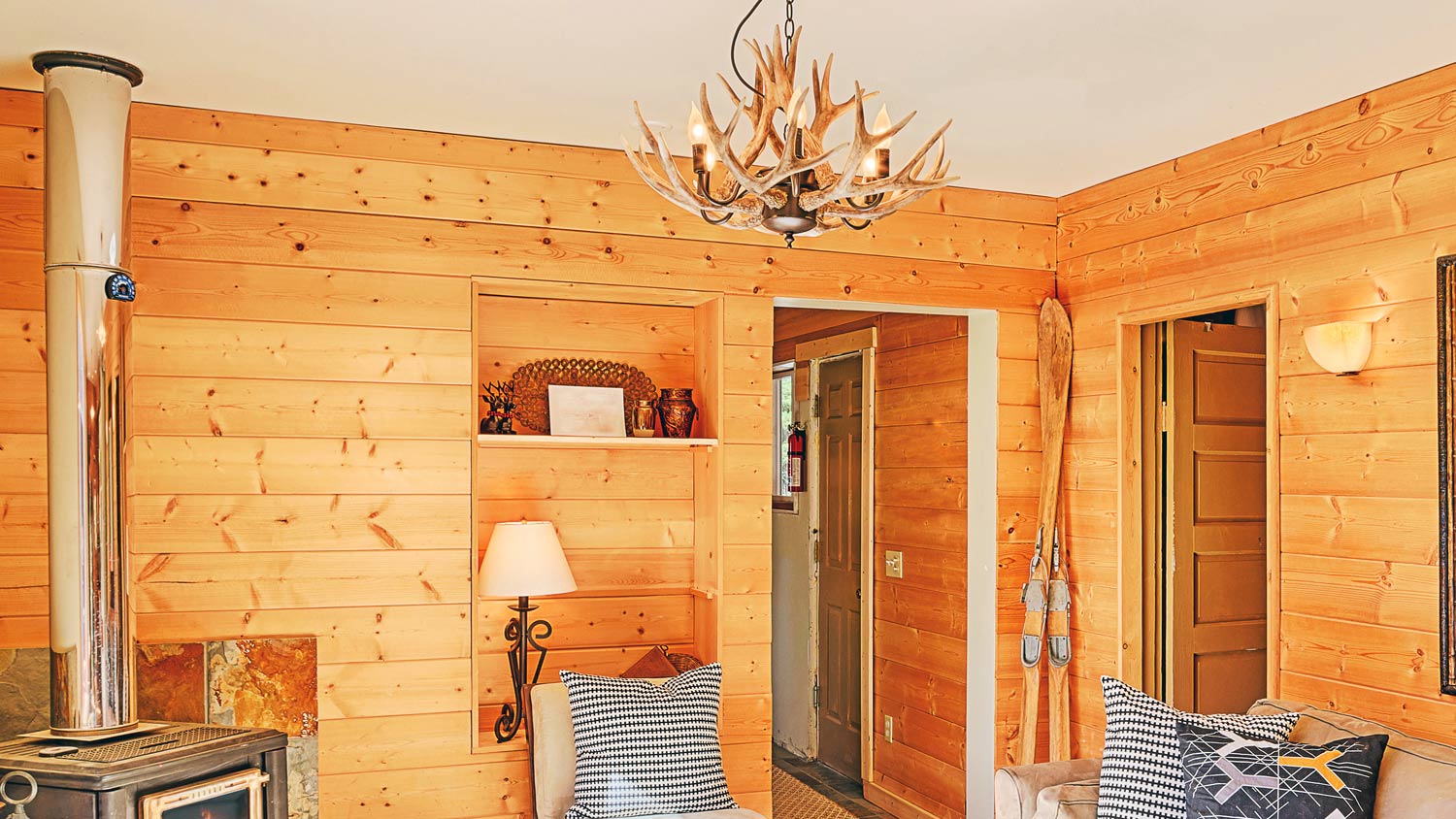
Get the facts on the cost to remove wood paneling, including average prices, key factors, and tips to help you budget your project with confidence.
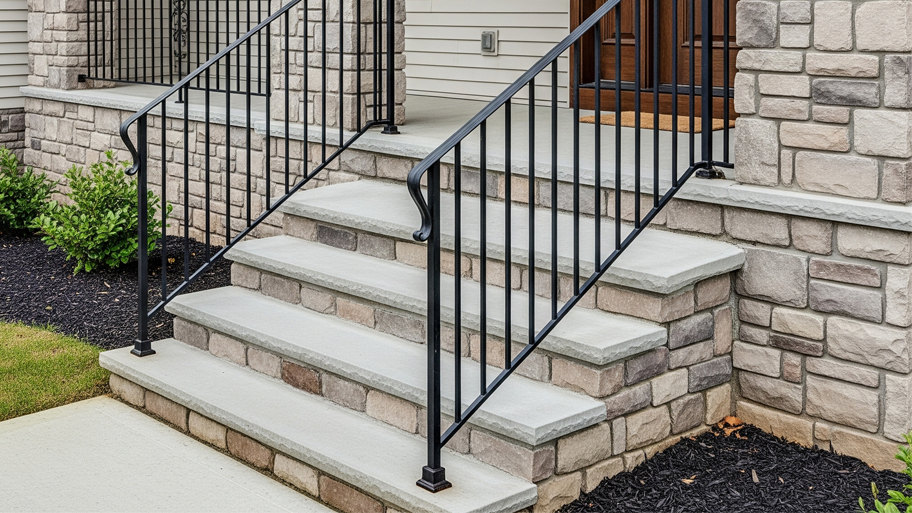
How much does outdoor railing installation cost? Find out the cost to install a railing on concrete steps, porches, and patios, including material and labor.
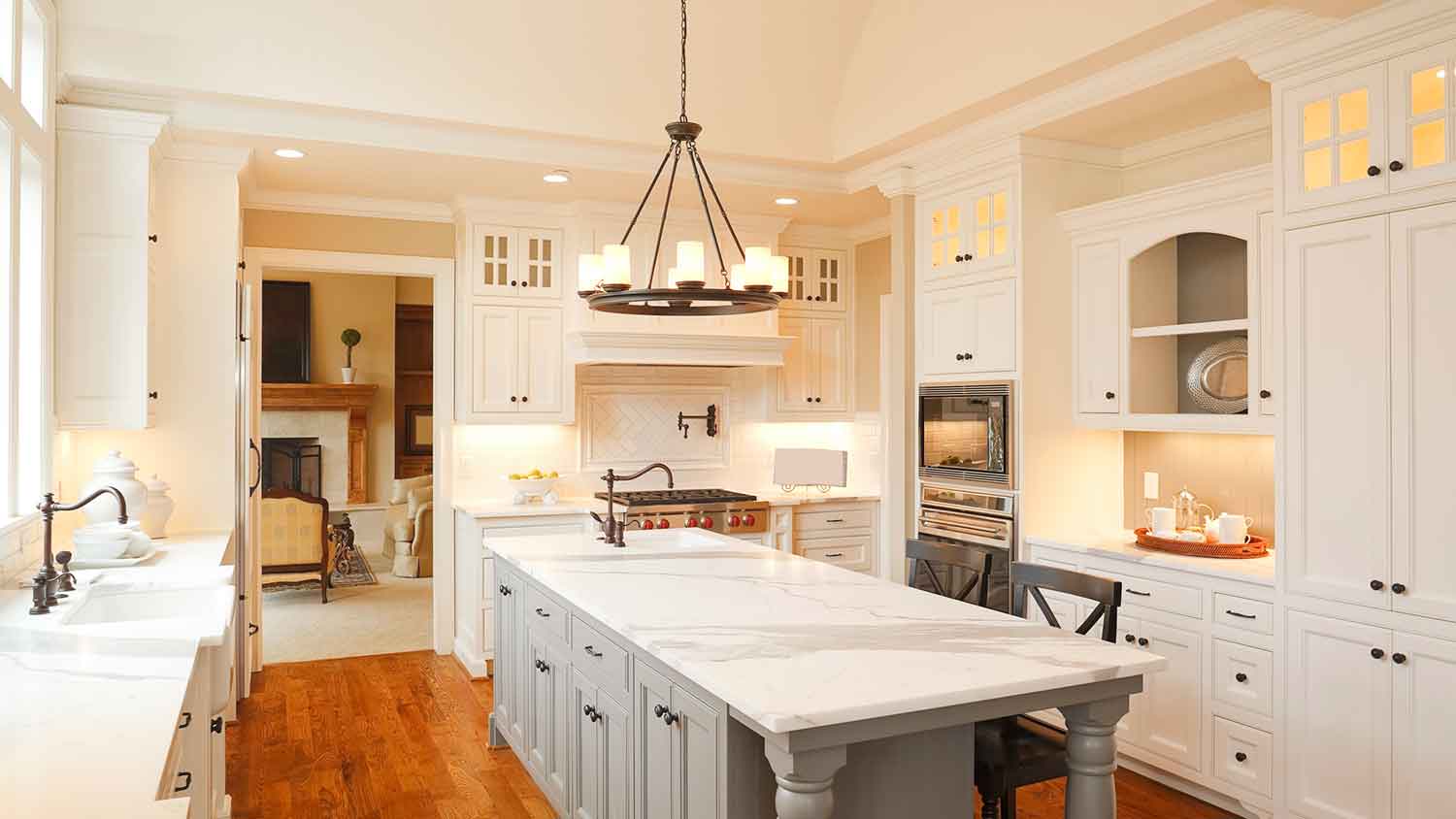
Crown molding provides a timeless style to your space. Learn how to install crown molding on your cabinets to give your home a simple but impactful upgrade.

Stumped about when to use plywood? While well-known in the construction industry, homeowners may be unclear about what plywood is. Learn more in this article.
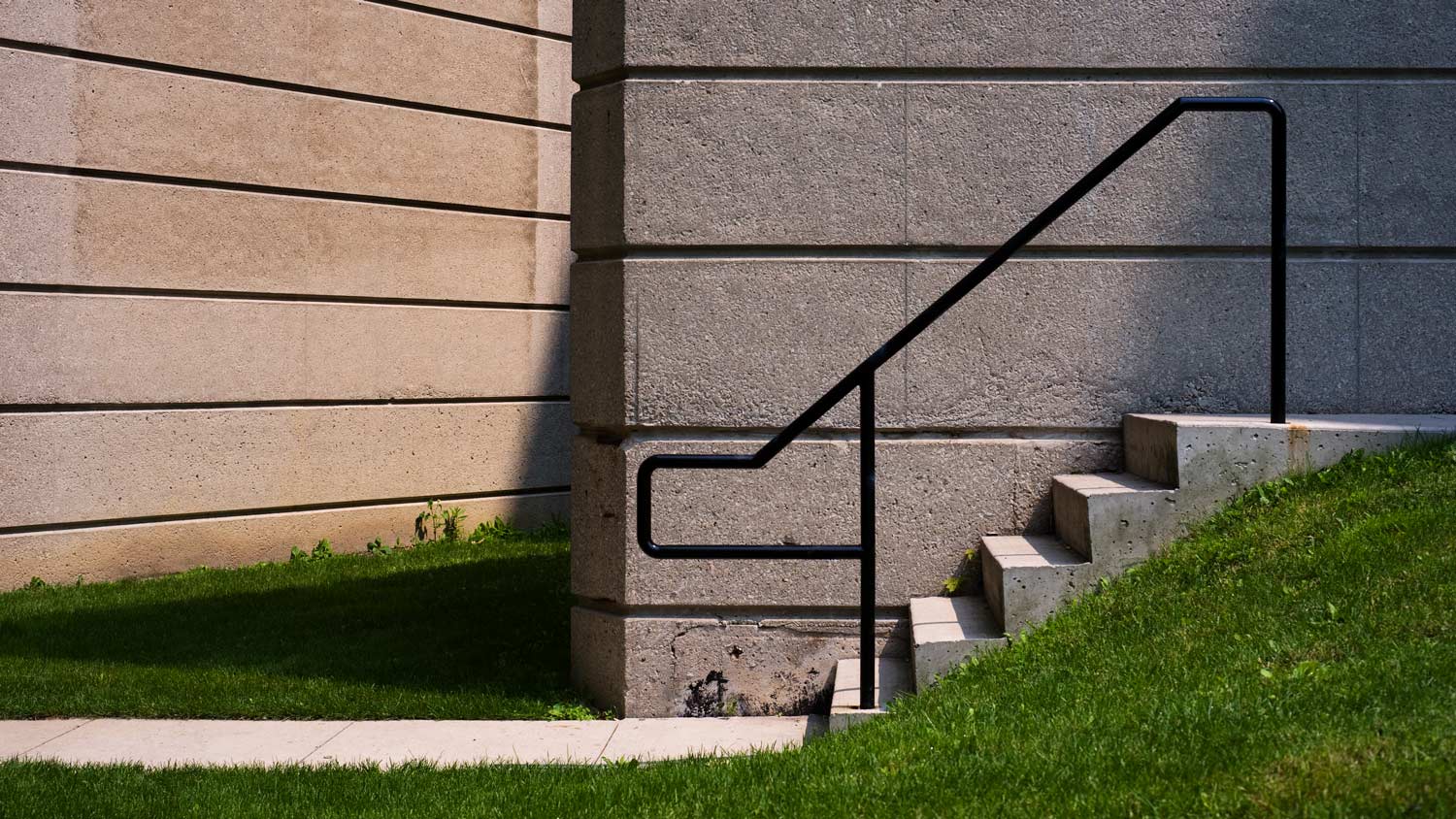
Learning how to install a railing on concrete steps requires taking extremely accurate measurements to purchase the right size and design of railing.